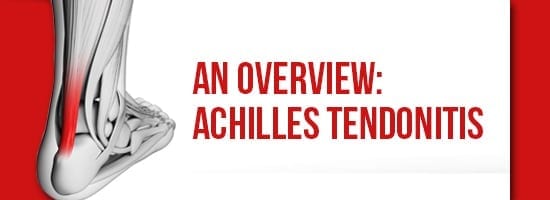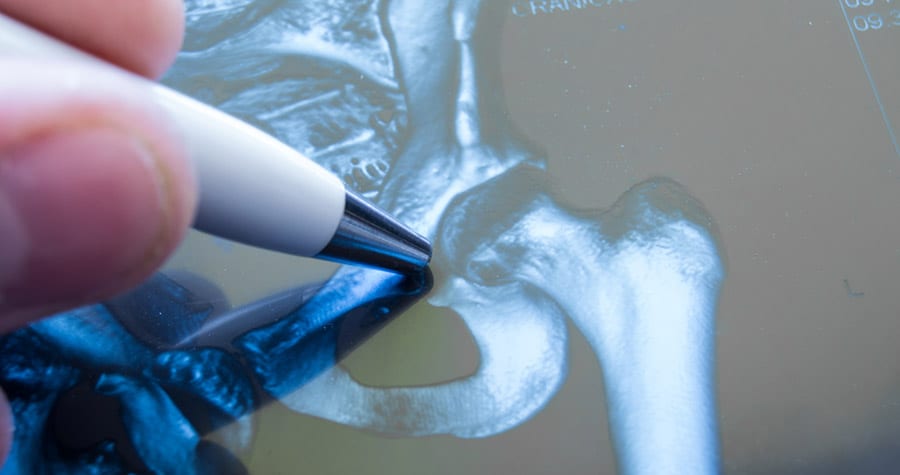
An Overview: Achilles Tendonitis
Achilles tendonitis occurs when the area around the Achilles tendon becomes inflamed. The Achilles tendon is the largest in the body, starting in the upper calf and inserting into the back of the heel bone.
There are many things that can contribute to Achilles tendonitis, like running on slanted surfaces, completing jumping workouts, performing repetitive activities, and wearing poorly fitting shoes. Improper foot mechanics, like flat feet or high arches, can also contribute.
What are the symptoms of Achilles tendonitis?
The symptoms of Achilles tendonitis occur gradually. You might notice a burning pain or aching in the morning that improves slightly as you go about the day. However, if you exercise or do any other kind of activity, it could get worse again. Over time, you might notice that less activity is needed to make the pain worse. If the pain is severe and hinders your ability to walk, it could indicate that the tendon is torn.
How is Achilles tendonitis treated?
A physical exam is usually all that is needed, but an MRI might be used to show degeneration and the severity of the condition. Treatment for Achilles tendonitis is most effective in the first six months or so.
There are a number of more conservative options for treating Achilles tendonitis, such as non-steroidal anti-inflammatory medications, rest, ice therapy, physical therapy, and stretching. You might need to fix the underlying problem in some cases—for example, arch supports can be used to help correct problems associated with flat feet. Although conservative treatments can take several months to show results, these approaches are effective for most patients.
In more extreme cases, surgery may be performed in order to break up scar tissue in the area. Although it is rare, it is possible for the tendon to rupture. It is important to avoid returning to normal exercises, like running, until the pain is resolved the area is no longer tender to the touch.








